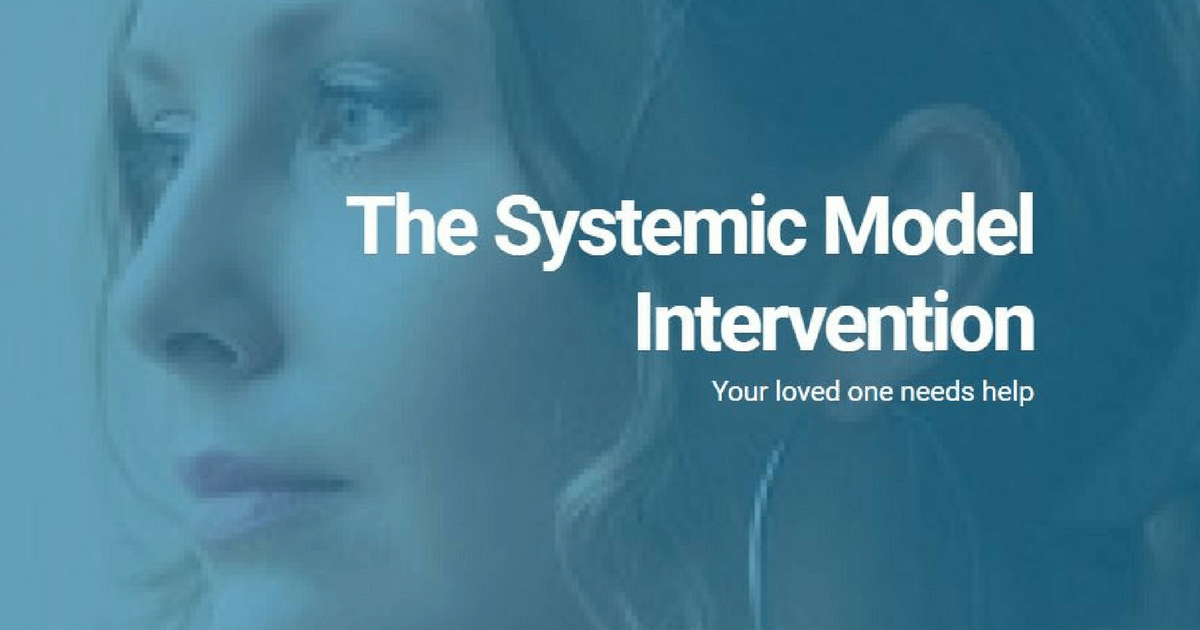

For When Your loved one needs help
In truth, they are one and the same, just called by a different name. Contrary to the old system, the Systemic Family Model focuses on healing everyone that has been or is being hurt by the addicted person. In many cases the addicted person’s family and close friends often have the same symptoms. This process addresses counseling for the family members that includes behavioral therapy. This kind of therapy will teach family members how to create personal boundaries and how to draw the lines when someone is behaving inappropriately. This goes for the addicted person as well. The addiction will be addressed as part of the family intervention. Aftercare will follow the family counseling and substance addiction rehabilitation are completed. The goal is the whole family will get treatment for and will learn how to communicate, support and encourage each other. This makes the family a solid team in creating healthy relationships among the people who love each other.
Oxycodone use specifically has escalated by over 240% over the last five years.
Components of The Family Systemic Intervention
There are four major components of The Family Systemic Intervention Model, these take the five basic components of intervention and slightly tweak them to focus on the family.
- When the meeting is planned with a therapist that is trained in interventions the addict goes to the very first one.
- At the meetings, the family members and the addict speak openly about the way the addict’s behavior has affected each of their lives. It is not just one way, it can go back in forth with the addict speaking as well as long as it is in a controlled fashion.
- There could be several meetings to complete this process and it can sometimes can last months.
- The family members as well as the addict need commit to enter counseling. In most cases addict attends an inpatient rehab to help with his or her addiction. Then will join the family therapy sessions that start and continue while he/she is in a rehab facility.
Over 23.5 million people are in need of treatment for illegal drugs.
The Founder of The Systemic Intervention model
Wayne Raiter has more than 35 years of clinical experience and is the founder and director of Lakewood Counseling and Career Center, and he was the Executive of Judson Family Center. Raiter established The Systemic Intervention Model over 15 years ago after spending many years working in the field of change management. He has help over five thousand families using this model.
Raiter is also an accomplished writer, he’s authored multiple books on addiction and change management and co-wrote “The Forgiveness Myth and Walking Miracles”
Conventional Interventions
- Meetings prior to the intervention only just the family members. The addict is not present or told about the intervention.
- The intervention is a one-time meeting.
- Happens in a controlled environment by a trained counselor.
- Once the intervention occurs, daily life must go on.
- An addict must choose whether they enter into rehab. The family must stick firm to the consequences that were defined.
Over 13.5 million people admit to using opiates worldwide
Variations from Other Intervention Modalities
- While most interventions focus on the addict, The Family Systemic Model focuses on the whole family.
- Unlike the conventional models the family doesn’t have to use negative consequences if it doesn’t look like the addict is going to decide to enter treatment, they have options.
- The family can simply continue the meetings, stop the intervention meeting and go right into therapy, or try a different model.
Related Pages:








